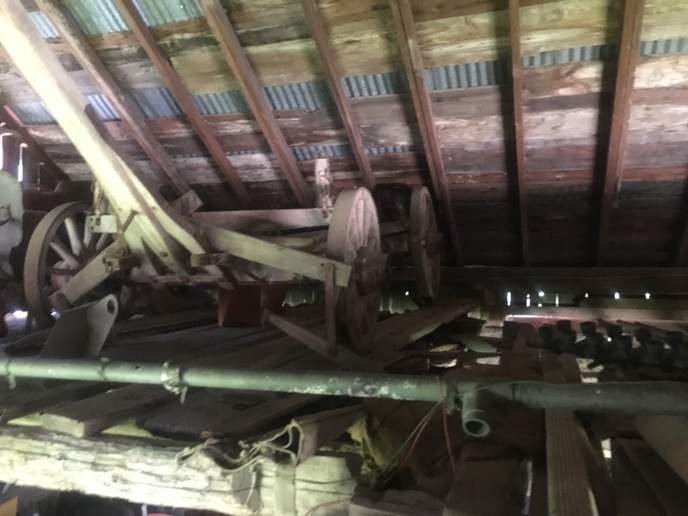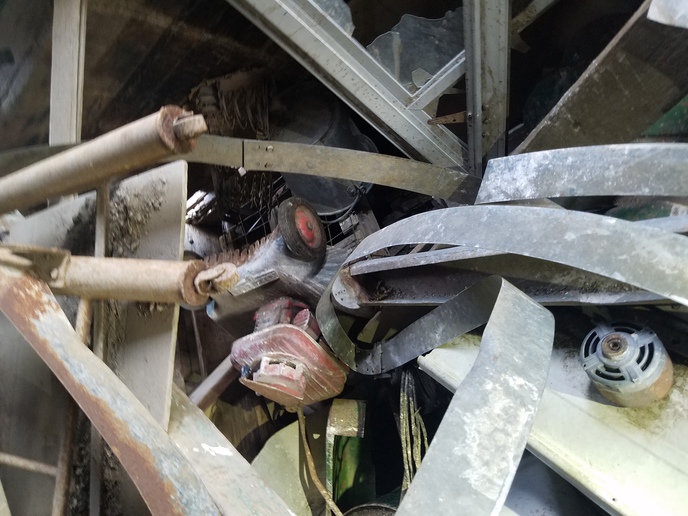Kansas4010
Well-known Member
Cleaning out an old junk barn thats falling
down and found these wagon wheels. I
remember my dad telling stories of them
being in there but buried under assorted
items of questionable value. I tried
weighing them but my scales top out at 100
pounds. Anyone have any idea what they might
have come off of or if they have any value?
I also found an unusual push mower with what
looks like a crank start. I've never seen
that before. I have a bad picture of it if
someone wants to see it. Haven't got close
enough for a decent picture yet. Not without
something that goes bang.
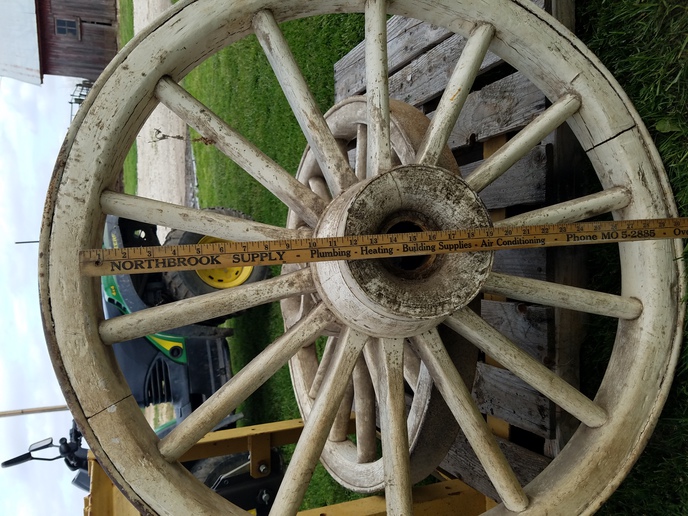
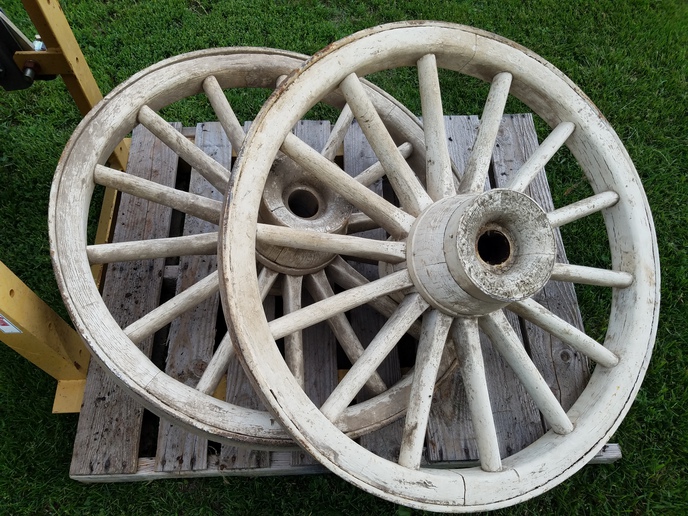
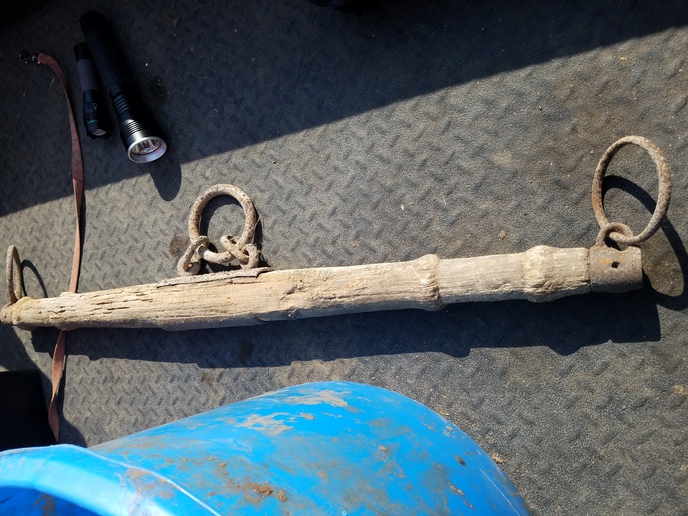
down and found these wagon wheels. I
remember my dad telling stories of them
being in there but buried under assorted
items of questionable value. I tried
weighing them but my scales top out at 100
pounds. Anyone have any idea what they might
have come off of or if they have any value?
I also found an unusual push mower with what
looks like a crank start. I've never seen
that before. I have a bad picture of it if
someone wants to see it. Haven't got close
enough for a decent picture yet. Not without
something that goes bang.





